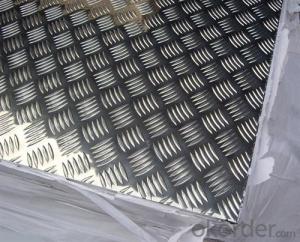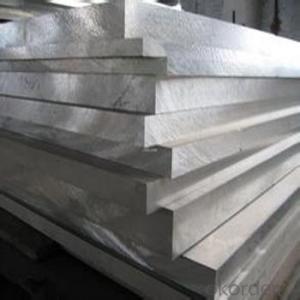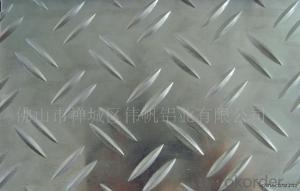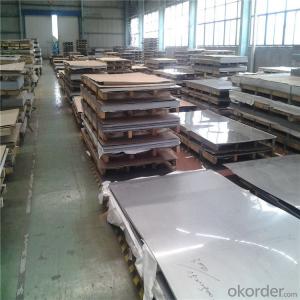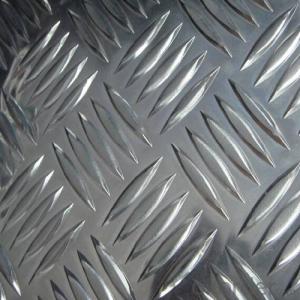Aluminum Tread Plate Sheet 4x8
Aluminum Tread Plate Sheet 4x8 Related Searches
Led Light Bulbs For Ceiling Fixtures Led Lamps For Ceiling 42 In Ceiling Fan With Light Aluminum Coil Stock For Gutters Aluminum Foil For The Grill Hole Saw For Aluminum Plate Aluminum Tread Plate For Trailer Bow Plate For Aluminum Boat Aluminum Foil For Grow Room Aluminum Foil For Joint PainHot Searches
Stock Price For Aluminum Aluminum Coil Stock For Sale Aluminum Gutter Coil For Sale Used Aluminum Scaffolding For Sale 1/4 Aluminum Plate For Sale Aluminum Bar Stock For Sale Aluminum Round Stock For Sale Aluminum Diamond Plate For Sale Aluminum Scaffolding For Sale Craigslist 6061 Aluminum Plate For Sale Aluminum Dock Plate For Sale 7075 Aluminum Plate For Sale Aluminum Tread Plate For Sale Aluminum Checker Plate For Sale Aluminum Plate For Sale Near Me Plate Aluminum For Sale Aluminum Plate For Sale Aluminum Square Stock For Sale Aluminum Flat Stock For Sale Billet Aluminum Stock For SaleAluminum Tread Plate Sheet 4x8 Supplier & Manufacturer from China
Okorder.com is a professional Aluminum Tread Plate Sheet 4x8 supplier & manufacturer, offers integrated one-stop services including real-time quoting and online cargo tracking. We are funded by CNBM Group, a Fortune 500 enterprise and the largest Aluminum Tread Plate Sheet 4x8 firm in China.Hot Products
FAQ
- The composition of 101 aluminum sheets typically consists of 99.5% pure aluminum with trace amounts of other elements such as iron and silicon.
- I'm trying a new brownie recipe for the holidays this year. My experiences with baking brownies is never good. After I've taken them out of the oven and let them cool, I can never get them out of the pan without them falling apart on me! Can I bake brownies in the pan if it's lined with aluminum foil? I think that may make them easier to get out. Also, the new recipe I'm trying is actually a cheater recipe that starts with devils food cake mix. These are going to be gifts for friends and coworkers, and I just want perfectly squared, clean brownies! Any tips or ideas?
- New Classic Brownies (from Cookies and Brownies) 8 tbsp unsalted butter (1/2 cup) 4 oz unsweetened chocolate 1 1/4 cups sugar 1 tsp vanilla extract 1/4 tsp salt 2 eggs 1/2 cup all purpose flour 2/3 cup walnuts or pecans (optional) Preheat the oven to 400F and line and 8-inch square metal baking pan with foil. Melt the butter and the chocolate together, on top of a double boiler or in the microwave, stirring often until smooth. Stir in sugar, vanilla and salt. Add eggs one at a time, followed by flour. Stir until very smooth, about 1 minute. Add nuts, if using. Scrape batter into prepared pan and bake at 400F for 20 minutes. Meanwhile, prepare a water bath. Fill a large roasting pan with water and ice about 1 inch deep. When the brownies are done - and they will look a bit dry on top - take them immediately from the oven and place in the water bath. Add more ice to the water if necessary. Allow to cool completely in the bath before removing the pan and cutting the brownies. Store in an airtight container for up to 3 days. Makes 16.
- How is the coated aluminum mirror plate produced?
- Coated aluminum mirror as mean coated aluminum, aluminum mirror above the mirror effect is produced by the mirror, the mirror is in ordinary composite aluminum plate, the aluminum mirror cost will be relatively low. But the film of aluminum in the actual use of the process, must consider the problems of high temperature, because the mirror can not afford high temperature, easy to fall off, of course, as the most low-end series aluminum mirror inside a material, or he has a huge market range.And protect the protective coating of the material, whether it is coated with aluminum, or polished mirror aluminum, or other oxidation mirror aluminum, there will be.Interested in more understanding, you can search for "Ming Bao metal.""
- There are several types of surface treatments available for anodized aluminum sheets, including polishing, brushing, sandblasting, etching, and coloring. Each treatment option provides a unique aesthetic and functional finish to the aluminum surface.
- Indeed, it is possible to coat aluminum sheets with protective films. Typically, these films are composed of materials like polyethylene or polypropylene and serve the purpose of creating a defense against scratches, abrasions, and additional types of harm. By applying the protective film onto the aluminum sheet's surface, a safeguarding layer is formed, shielding it from any potential damage that may occur during handling, transportation, or processing. Through this coating process, the aluminum sheet's integrity and appearance are preserved, guaranteeing that it remains in impeccable condition until it is prepared for utilization.
- Yes, aluminum sheets are commonly used for architectural roofing due to their lightweight, durability, and corrosion resistance.
- Indeed, a mirror-like finish can be achieved by polishing aluminum sheets. Due to its relatively soft nature, aluminum can be effortlessly polished to a remarkable shine. Typically, the process entails sanding the surface using increasingly finer grades of sandpaper, then buffing with polishing compounds and a gentle cloth or a polishing wheel. The objective is to eliminate any blemishes or marks on the surface, resulting in a sleek and reflective appearance. By employing proper methods and tools, aluminum sheets can be polished to an exquisite shine, rendering them ideal for diverse applications such as decoration, automotive components, or reflective surfaces in optical instruments.
- There are several different methods for punching aluminum sheets, each with its own advantages and applications. Some of the common methods include: 1. Manual Punching: This method involves using hand-operated tools such as handheld punches or hole punches to manually create holes or shapes in the aluminum sheet. It is suitable for small-scale or low-volume production and provides flexibility in terms of hole size and shape. 2. Mechanical Punching: Mechanical punching involves the use of a mechanical press machine equipped with a punch and die set. The sheet is fed into the machine, and the punch is driven through the material, creating holes or shapes. This method is faster and more efficient than manual punching and is suitable for medium to high-volume production. 3. CNC Punching: Computer Numerical Control (CNC) punching utilizes automated machinery that is programmed to punch holes or shapes based on a digital design. The aluminum sheet is loaded onto the machine, and the CNC controls the movement of the punch and die to create precise and complex patterns. CNC punching offers high accuracy, repeatability, and speed, making it ideal for high-volume production and intricate designs. 4. Laser Punching: Laser punching combines the use of a laser cutter and a mechanical punch to create holes or shapes in aluminum sheets. The laser beam vaporizes or melts the material, while the punch pushes the cut part out of the sheet. This method offers high precision, versatility, and the ability to cut complex shapes quickly. However, it is typically more expensive and time-consuming compared to other methods. 5. Notching: Notching is a method used to create V-shaped or U-shaped cuts in aluminum sheets. It is often used for joining or folding the material to form corners or edges. Notching can be done manually or with the help of a mechanical notching machine. The choice of punching method depends on various factors such as the desired hole size and shape, production volume, precision requirements, complexity of design, and budget. It is essential to consider these factors and consult with experts to determine the most suitable method for punching aluminum sheets based on specific needs and applications.















